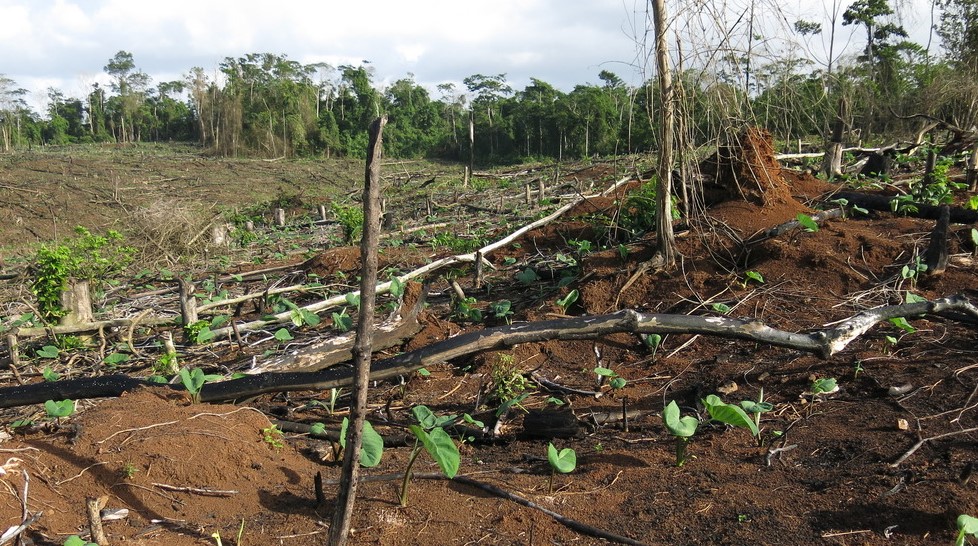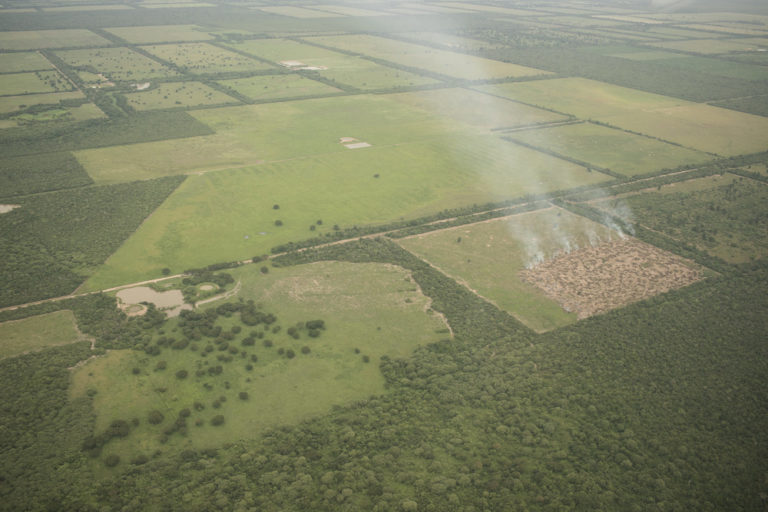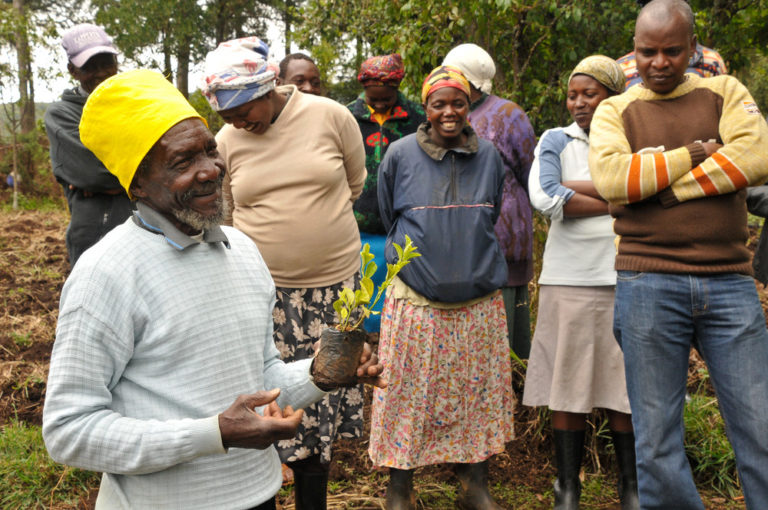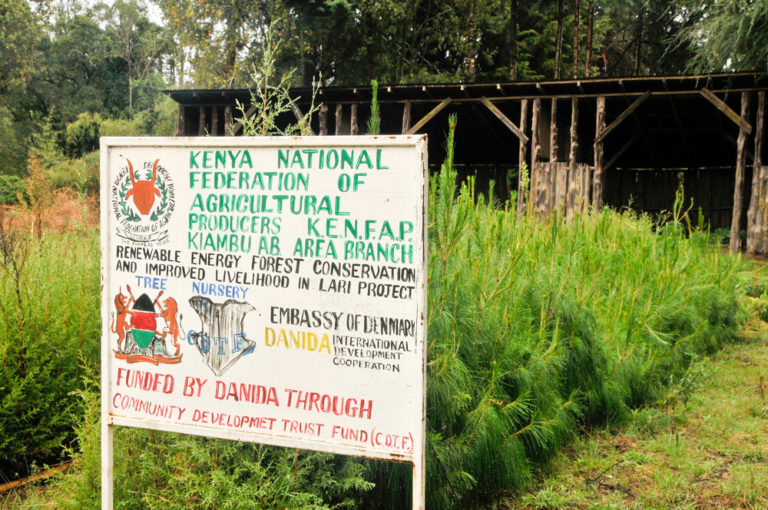In the journal Nature Sustainability, IPBES researchers outline a 10-pillar strategy for the effective protection and restoration of land. This comprehensive framework could guide policy during the UN Decade on Ecosystem Restoration, launched this year, supporting climate action and realization of biodiversity commitments.
Human activity has already degraded more than three-quarters of global lands, according to a 2018 assessment on land degradation and restoration by the Intergovernmental Science-Policy Platform on Biodiversity and Ecosystem Services (IPBES), and the resulting loss of ecosystem services and biodiversity costs more than 10% of GDP. Another projection has land degradation costing a towering US$23 trillion by 2050. Asia and Africa shoulder the highest burden, losing growth and development opportunities.
The repercussions of land degradation go beyond economics. Not least, they can become a security issue, as depleted harvests and loss of agricultural livelihoods can lead to migration and unrest. In the Middle East and the Sahel region of Africa, land degradation has played a key role in sparking armed conflict in the past decade.
And the fate of land is closely bound up with that of biodiversity and the climate. For example, degraded lands sequester less carbon, while climate change in turn exacerbates problems like soil erosion and forest fires. Rapid expansion of agriculture is often happening at the expense of some of the most biodiverse forest landscapes, while intensive and inappropriate use of agrochemicals can ruin soil productivity, kill pollinators and choke aquatic life.
A way forward
The IPBES Global Assessment Report on Land Degradation and Restoration also provided evidence that land degradation is often reversible, and a transition to sustainable land management is possible. But it noted that for this to happen requires a wholesale structural change in the way we think about land, as well as in land governance, trade, consumption and production.
The new Nature Sustainability article, “How to halt the global decline of lands”, offers 10 strategic ways to overcome the systemic barriers that currently block this kind of structural change.




